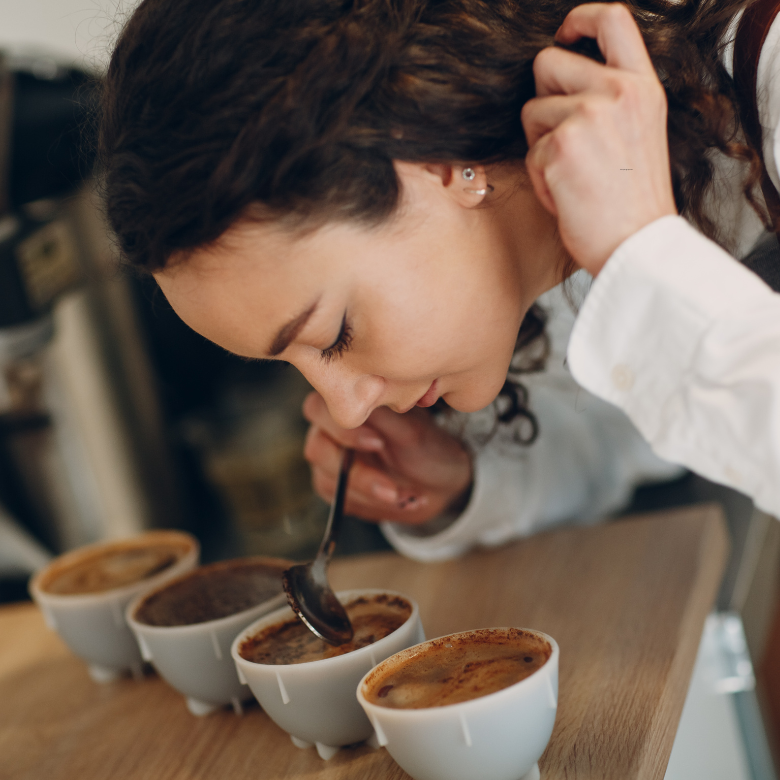
Guide to Coffee Tasting at Home: Master the Art of Cupping
Coffee cupping, a method used by professionals to evaluate beans, can be easily done at home. It’s an insightful way to understand the subtle differences in aroma, taste, and mouthfeel between different roasts or origins.
Here’s how to conduct your own coffee cupping session at home to sharpen your tasting skills, whether you’re comparing two coffees from our selection or experimenting with new beans.
What You’ll Need for a Home Coffee Tasting Session
- Freshly roasted coffee beans (preferably whole beans).
- A grinder that can produce a consistent medium-coarse grind.
- Hot water heated to around 93°C (200°F).
- Cupping bowls or small cups (ideally between 7.5 to 9 ounces).
- Cupping spoons (or any round soup spoon).
- A timer for precise brewing times.
- Notebook and pen to take notes during your tasting.
Guide to Coffee Tasting at Home: Step-by-Step
1. Prepare the Coffee
- Choose at least two different coffees to compare.
- Grind the beans just before the session. Use about 8-10 grams of coffee per 150ml of water. We use a 1:17 ratio. The grind should be slightly coarser than for a regular pour-over.
2. Set Up the Cupping Table
- Label each coffee to avoid confusion.
- Place equal amounts of coffee grounds in each cupping bowl or cup.
- Smell the dry grounds to get an initial sense of their fragrance. Take notes on any distinct aromas (e.g., fruity, nutty, floral).
3. Pour Hot Water
- Pour hot water directly over the coffee grounds until the cups are full.
- Allow the coffee to steep for about 4 minutes. As it brews, a crust of grounds will form at the top of each cup.
4. Break the Crust and Smell
- After 4 minutes, use a spoon to gently break the crust. Stir lightly, inhaling deeply to catch the aromas released as the crust breaks. This is when the most potent smells will emerge.
- Write down any aromas you pick up during this stage.
5. Taste the Coffee
- Once the coffee cools slightly, it’s time to taste. Use your spoon to slurp the coffee. Yes, slurp! This helps aerate the liquid and spreads it across your palate.
- Focus on key elements:
- Acidity: Is it bright and lively or soft and muted?
- Body: How does the coffee feel in your mouth? Light and tea-like, or rich and heavy?
- Flavour: What are the main flavour notes? (e.g., citrus, chocolate, floral)
- Aftertaste: How long does the flavour linger?
Tips and Resources: Understanding Language and Flavours
To help you better identify coffee flavours and aromas, the Specialty Coffee Association (SCA) Flavour Wheel is an excellent tool. It’s designed to guide you in pinpointing specific notes—start from the broader categories in the centre and work your way outwards to more detailed flavour descriptions.
For those interested in a deeper dive, the SCA also provides comprehensive cupping standards that cover everything from grind size to water temperature. It’s a fantastic resource if you’re looking to explore the technical aspects of cupping in more detail.
6. Compare and Reflect
- After each tasting, compare the coffees side by side. Write down how they differ in aroma, taste, acidity, and body.
- Take your time and savour each sip. The goal is to appreciate the diversity of flavours and characteristics in the coffee.
What to Look for in Coffee Tasting
- Balance: Does the coffee taste balanced, or is one characteristic overpowering the others?
- Complexity: How many layers of flavours can you detect?
- Sweetness: Is there a natural sweetness in the coffee, or does it taste bitter?
Elevate Your Coffee Experience
Cupping isn’t just for coffee professionals. It’s a fun and insightful way to explore your coffee preferences and find the perfect brew for your taste. At Routes Coffee, we offer a range of single-origin coffees and blends, each with its own unique flavour profile—perfect for your next cupping session.
Next time you brew one of our coffees, try setting aside a few extra minutes for a home cupping session. You’ll develop a deeper appreciation for the intricate flavours that make specialty coffee so special.
What’s Next?
Once you’ve mastered coffee tasting at home, why not experiment with different brewing methods or explore our latest single-origin offerings? Remember, every batch tells a story—from the farm to your cup.
Ready to start your cupping journey? Check out our latest coffee selections here and make every sip an adventure.

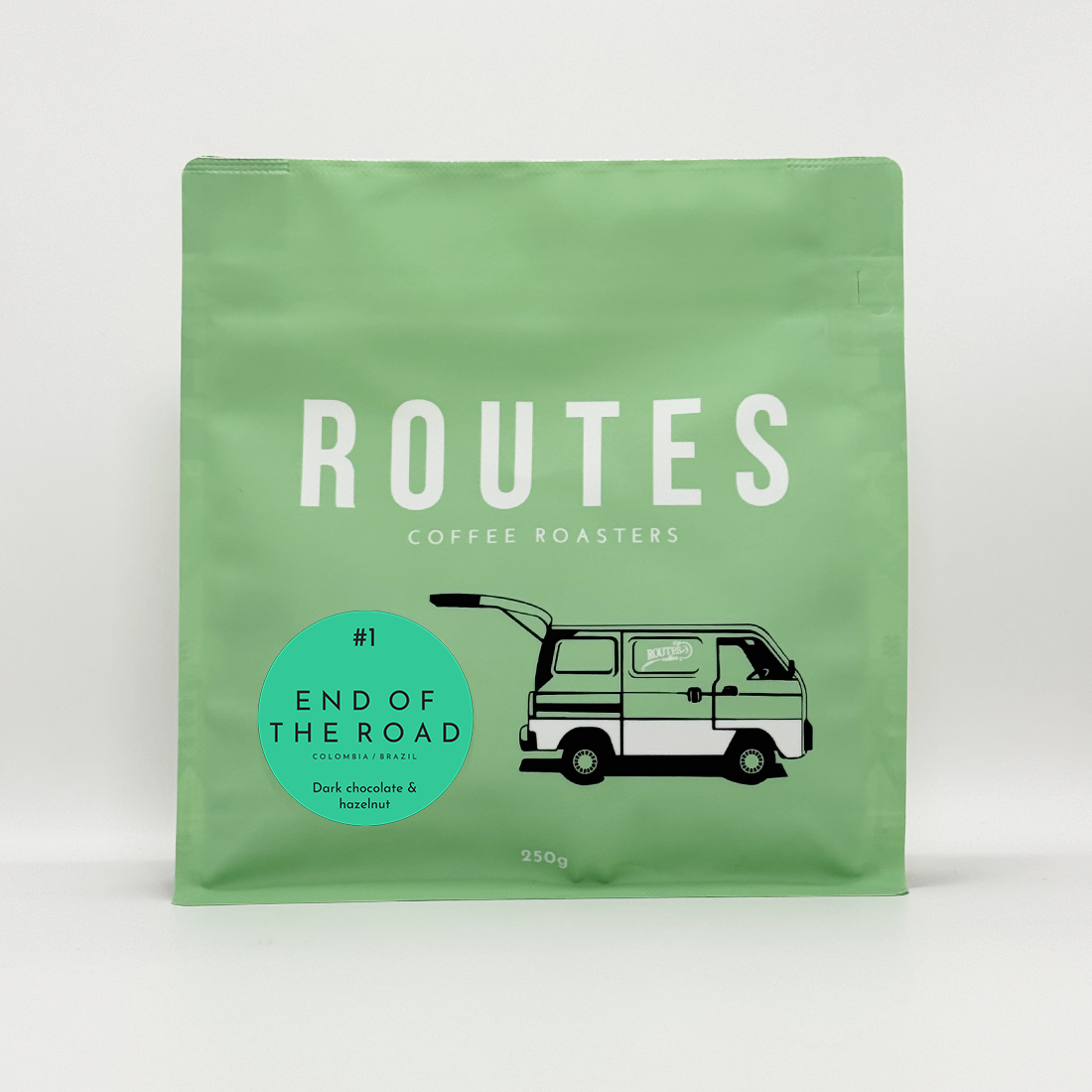
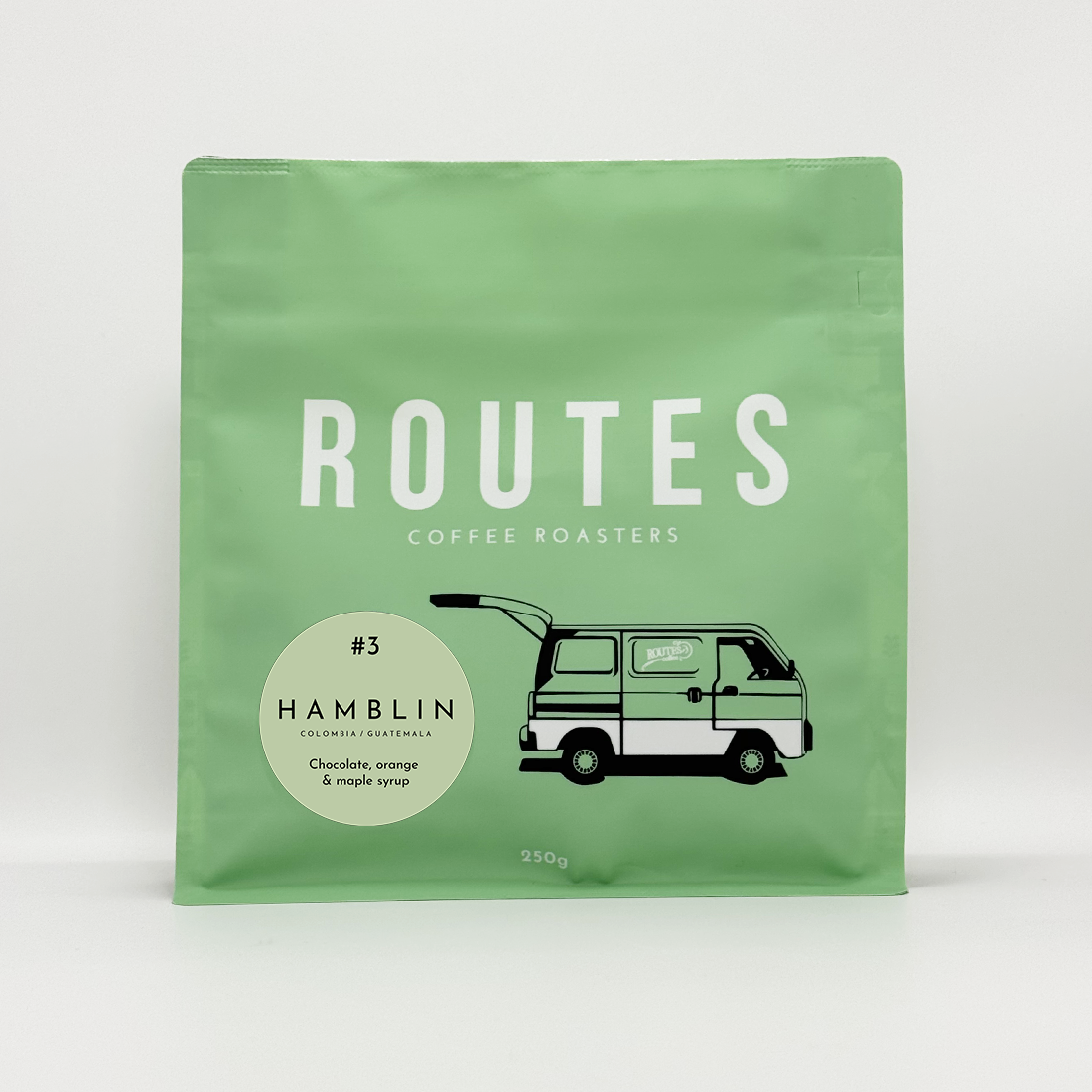
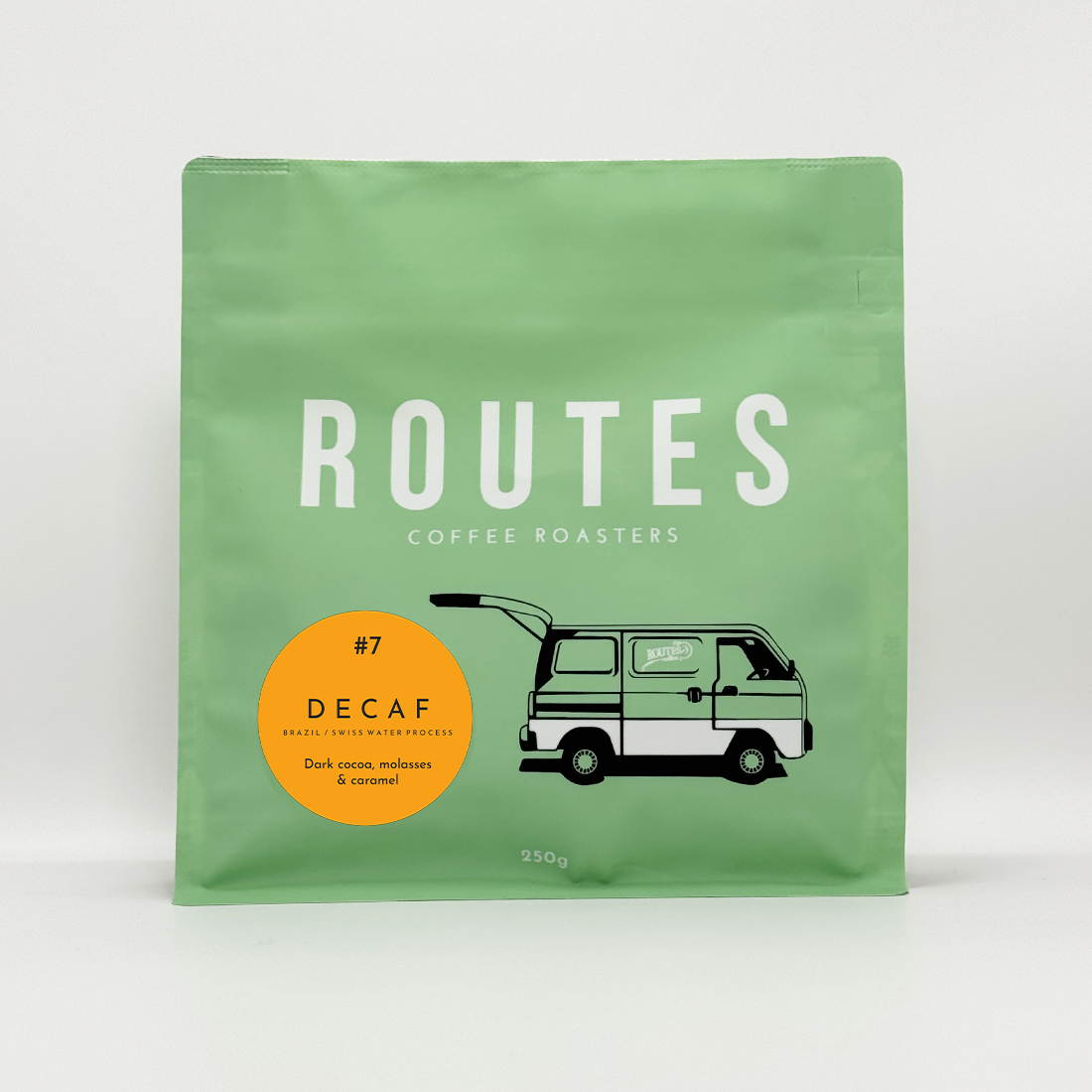

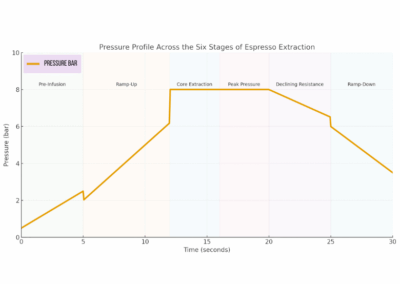
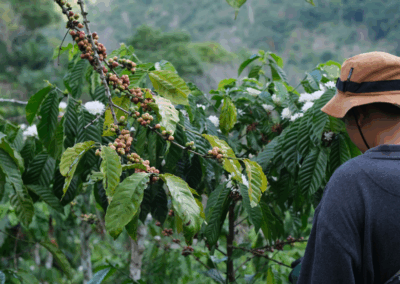
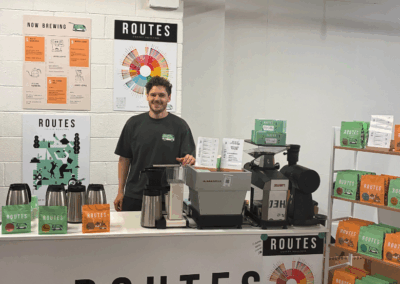
0 Comments